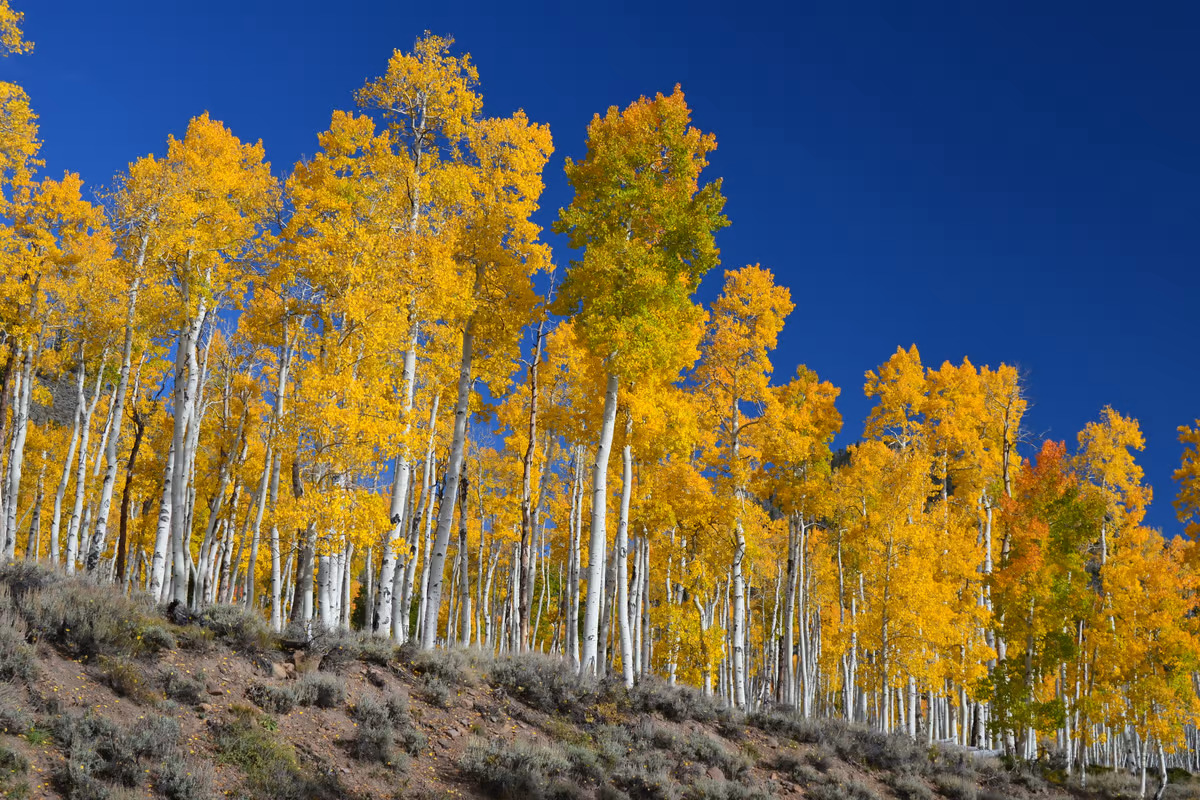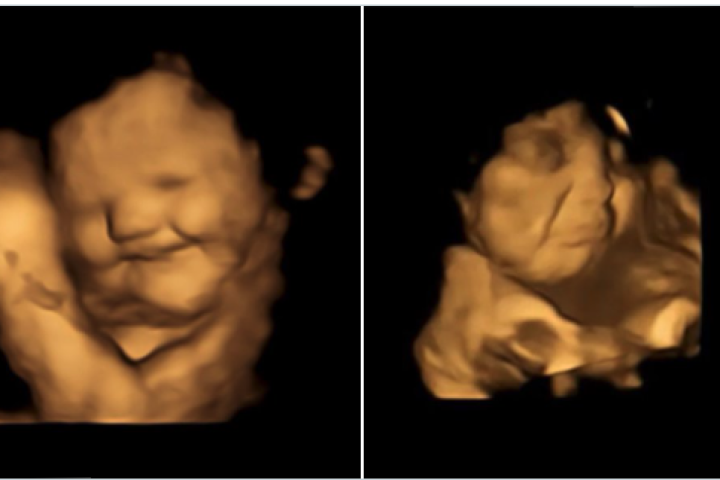 Covering 43 hectares, the forest shares a single root system with each tree genetically identical to one another. Public Domain
Covering 43 hectares, the forest shares a single root system with each tree genetically identical to one another. Public Domain
Dubbed Pando, this unique colony of aspen trees was first suspected to be something out of the ordinary in the mid-1970s. Subsequent genetic testing over the following years revealed each tree in the 100-acre (40.5-ha) colony to be clones of one another, meaning they likely shared a single gigantic underground root system.
Clonal groups of these kinds of trees are not uncommon, but Pando’s sheer scale and age make it one of the most unique organisms on the planet. While its individual trees (referred to as stems) generally only live for around 100 years, Pando’s overall root system has been estimated to be around 10,000 years old.
Pando is widely regarded as the world’s largest living organism in terms of gross biomass. It has been estimated to weigh around 6,000 metric tons. In terms of area, the world’s largest living thing was recently found to be a massive meadow of seagrass off the coast of Australia.
Ecologist Paul Rogers has been studying Pando for years. In 2017, he co-authored a study investigating the effects of modern forest management processes for the organism. At that time, Rogers suggested Pando could be under threat because human and animal encroachments were threatening its ability to produce new stems.
A subsequent study in 2018 found fencing off certain areas could be an effective way to preserve Pando’s ability to regenerate. However, in a new article Rogers is suggesting fencing may not be enough to save Pando as the massive root system is showing signs of breaking up into three distinct smaller entities.
According to Rogers, the main problem Pando faces is deer and cattle eating new stems before they can mature. This problem initially came about because humans over the past century had reduced predator populations of wolves and bears in the area.
So, while fencing seemed like a decent solution a few years ago, what has happened is that fences only initially covered around 50% of the root system. And now the organism is showing signs of three distinct ecological trajectories suggesting it could break up into a trio of separate systems.
“I think that if we try to save the organism with fences alone, we’ll find ourselves trying to create something like a zoo in the wild,” explained Rogers. “Although the fencing strategy is well-intentioned, we’ll ultimately need to address the underlying problems of too many browsing deer and cattle on this landscape.”
Rogers says protecting Pando is a relatively minor problem from a greater conservation perspective. But the story of Pando and its decline is a useful microcosm of the ways human encroachment can trigger ecosystem changes that cascade into larger problems.
“Pando is paradoxical: putatively earth’s largest organism, it is small as conservation challenges go,” writes Rogers in a new study. “Lessons from Pando may be applied to struggling, often species rich, aspen systems facing similar challenges globally.”
The study was published in Conservation Science and Practice.
Source: Utah State University
–























